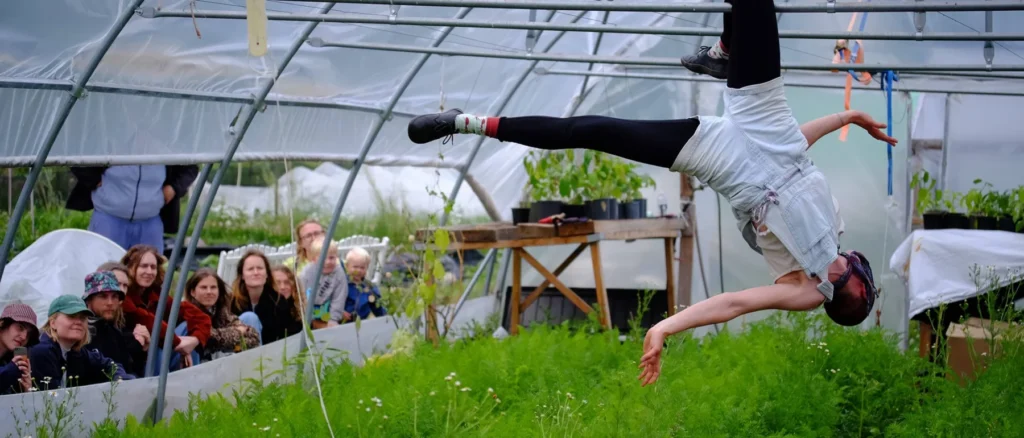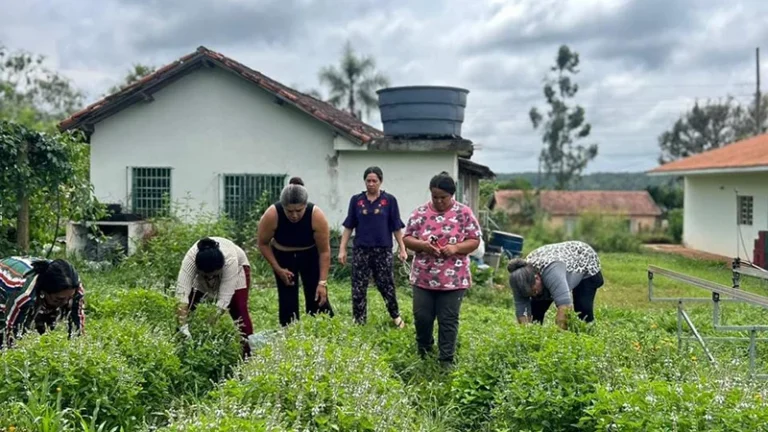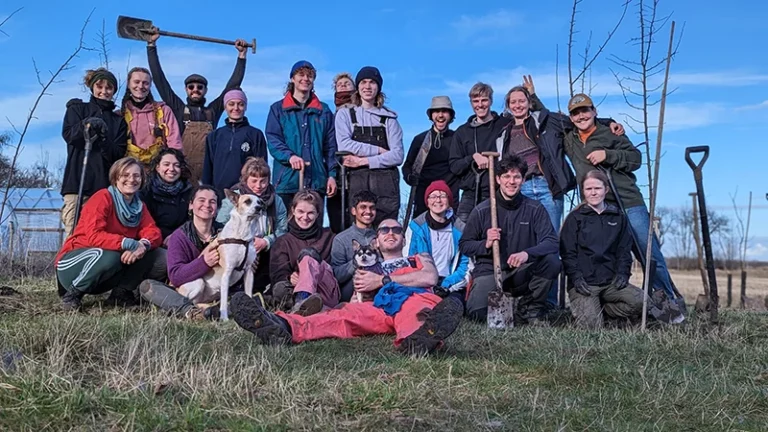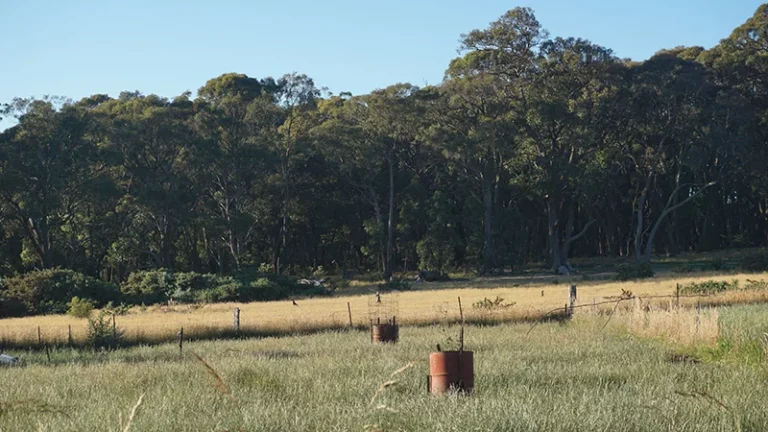Our food systems are among the largest contributors to climate change and biodiversity loss – yet billions go hungry, while others face diet-related disease. Both degrowth and agroecology challenge us to confront this paradox: can we fundamentally change the way we grow, share and eat food to sustain both people and the ecosystems we depend on?
The word “degrowth” often sparks fears of scarcity, poverty or halted development. But this is a misunderstanding. Degrowth is not about austerity or denying essentials – it is about questioning which parts of our economies genuinely improve wellbeing, and which drive ecological and social breakdown. While we could live without luxury advertising, private jets or space tourism, we will always need food. The real question is: does the food we produce today nourish both people and the planet?
Power, profit and the broken food system
The dominant food system appears highly productive when measured in yield and output, but this productivity masks substantial hidden costs, and benefits a small number of powerful actors. Four companies control nearly 40% of global markets for seeds, pesticides, agricultural machinery and animal pharmaceuticals, shaping what is grown, how it is grown and who profits. Industrial agriculture externalizes environmental damage, exploits labour and depletes ecosystems, yet still fails to feed the world. Over 2.3 billion people remain food insecure, even as obesity and diet-related diseases rise globally.
These systemic failures point to the urgent need for alternatives that are socially, ecologically and politically transformative. In response, scholars and movements have increasingly called for stronger integration of degrowth and agroecology. While degrowth has largely emerged from academic and activist debates in Europe, agroecology is rooted in farmer movements and struggles, particularly in regions historically marginalized by global capitalism.
Applied to food systems, degrowth does not mean producing less food – it means producing it differently. Agroecology offers a clear pathway: as a science, a movement and a practice, it applies ecological principles to farming while centring justice, diversity and care. In many ways, agroecology represents degrowth in action, from the ground up.
How degrowth and agroecology come together
At the ISSE Degrowth Conference in Oslo (June 2025), Kushal Poudel and Logan Strenchock co-hosted a session titled Food for thought: agroecology as degrowth in practice, envisioned by Boglárka Bozsogi. Two SEI researchers, Nhilce Esquivel and Aziliz Le Rouzo, supported the workshop by moderating the group discussions. Drawing on dialogue between participants from diverse contexts, three key dimensions for linking the two approaches emerged:
- Aligning languages and frameworks – although the concepts and principles of degrowth and agroecology differ, both stem from a shared recognition of structural barriers at the root of today’s crises. Developing a shared language can help these movements collaborate more effectively and reveal complementary pathways for transforming food systems.
- Bridging research and practice – participatory approaches are essential. Farmers, communities and researchers should co-create knowledge by combining Indigenous and traditional knowledge with modern science. This helps ground solutions in lived realities and supports meaningful collaboration between degrowth and agroecology.
- Context-specific pathways – there is no one-size-fits-all solution. In industrialized contexts, degrowth may mean scaling back overproduction and ecological excess. In regions shaped by colonial histories and structural inequalities, it may mean reclaiming sovereignty through Indigenous and traditional food practices. Across contexts, transformation invites us to rethink what we value, prioritizing wellbeing, community cohesion and ecological resilience.
To explore how these dimensions work in practice, we draw on insights from SIANI’s ASAPP project (Amplifying Stories of Agroecology Practices and Principles), which spotlights agroecological practices and principles across diverse contexts. Here are three real-life case studies from Brazil, Sweden and Australia.
1. Aligning languages and frameworks: Brazil
In Brazil, the Landless Workers’ Movement (MST) demonstrates how agroecology and degrowth principles can converge. MST’s land occupations are not simply acts of protest; they are strategies for systemic transformation. By reclaiming unused or underutilized land, MST communities create settlements where agroecology is practiced as both livelihood and political project.
One such initiative is the COOPLANTAS cooperative, home to the Panela Cheia farm, where women gained access to land through MST initiatives. COOPLANTAS is one of several cooperatives in the settlement, each with distinct objectives but united in their commitment to agroecological practices and community development. Through shared knowledge, collective workdays and joint workshops, these cooperatives foster resilient and inclusive food systems.
While MST may not frame its work in terms of “degrowth,” its practices embody key principles: rejecting accumulation, dismantling hierarchies, and centring sufficiency, solidarity and care. Far from being only an academic framing, degrowth here takes shape as a lived and collective practice.






